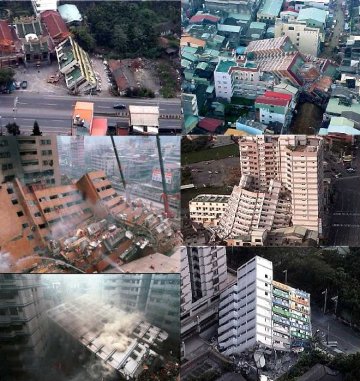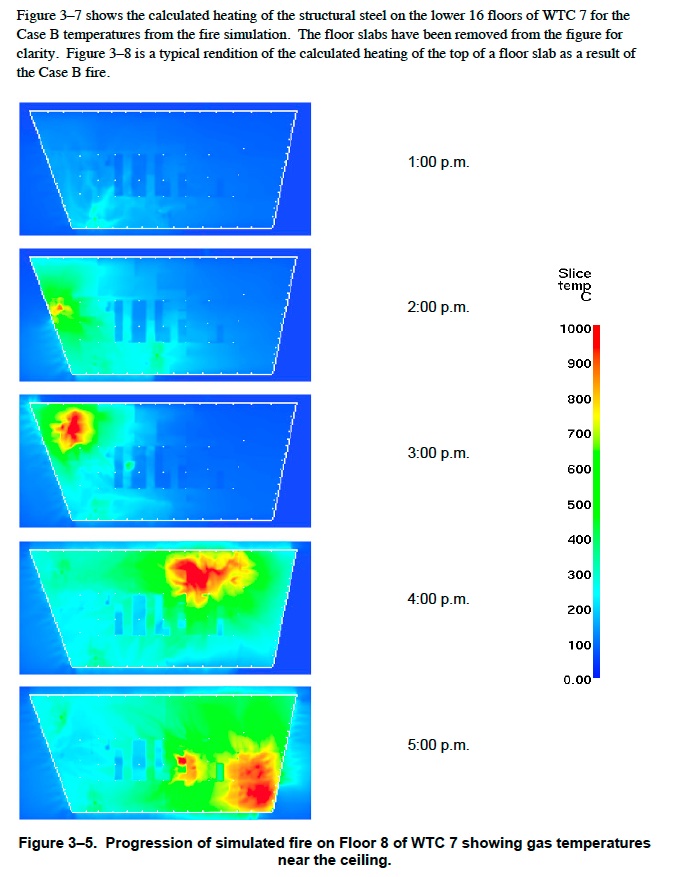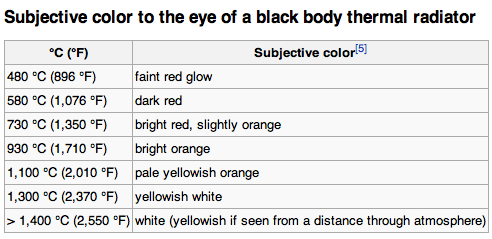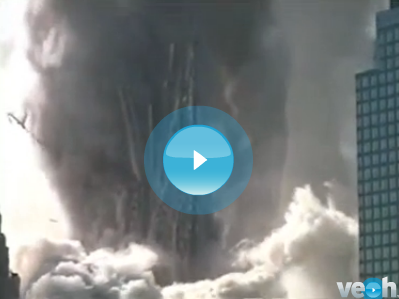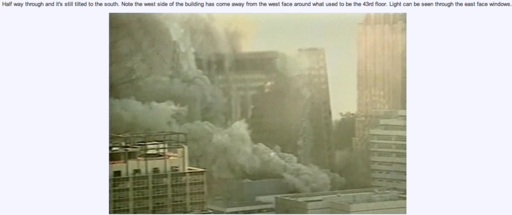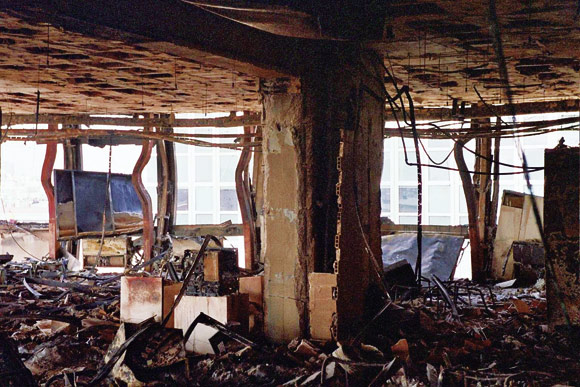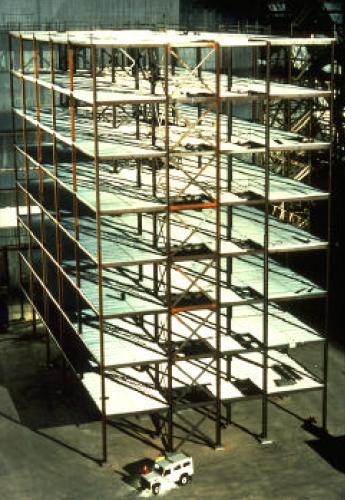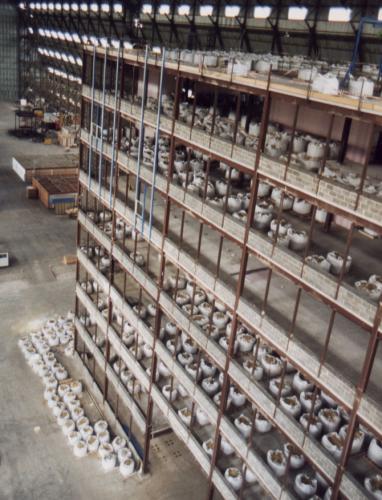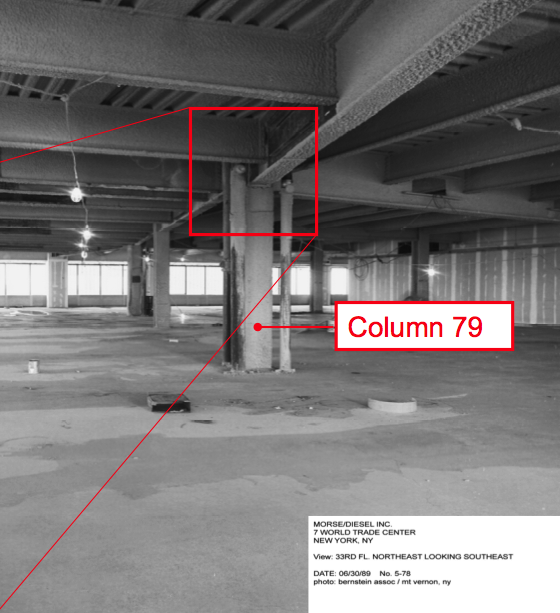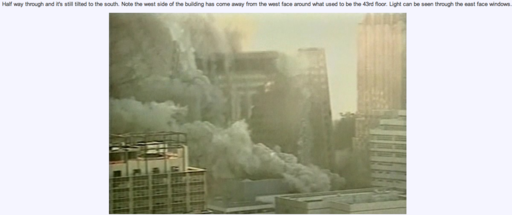8.7.5 Seats Used for Floor System Connections
Floor beams and girders that framed into exterior columns, and in some instances, girders that framed into
interior columns, had seated connections. For example, the girder that framed between interior Column
79 and exterior Column 44 had such connections at both ends.
Seat connections to exterior columns where the floor beam framing was perpendicular to the exterior
moment frame were as shown in Figure 8–20. Where the floor beam framed into an exterior column at a
skew angle, the seat angle was replaced by a plate. Figure 8–21 shows the seat connection at Column 79
that supported the girder spanning to Column 44 on the exterior. The details of the connections of the
other two girders that framed into Column 79 are not shown.
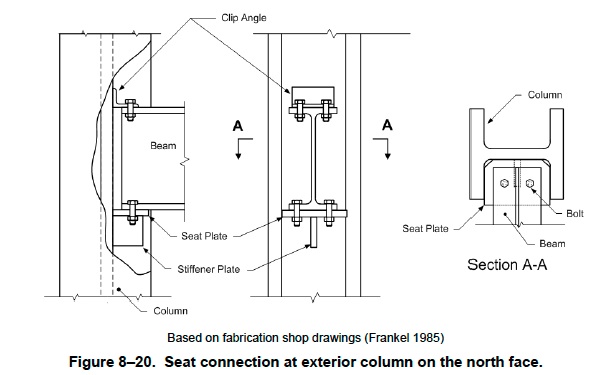
In a seated connection, the beam or girder was supported by the seat, which was welded to the column.
Bolts were installed that fasten the beam or girder to the seat for erection purposes. These erection bolts
did not carry any gravity load; rather, they were installed to insure that the beam or girder was held in
place during erection. NIST found no evidence that the girders or beams in WTC 7 were welded to the
seats. In a similar way, an angle or plate was bolted to the top flange to prevent the beam or girder from
twisting, but there was little restraint to bending in the plane of the beam.
Consider the girder that spanned between Column 79 on the interior of the building and Column 44 on the
exterior. Thermal expansion of this girder would have loaded the erection bolts in shear, since (1) there
were no shear studs anchoring the girder to the slab (and thereby restraining elongation), and (2)
the
columns were prevented from lateral movement because they were embedded in the floor slabs which had
considerable in-plane stiffness. Additionally, the expansion of floor beams that framed into this girder,
because the framing was asymmetrical, tended to add additional shear load to the erection bolts. The
combination of these two shear loads could have failed the bolts in shear. If the erection bolts were to
fail, then there would be no positive attachment preventing the girder from being pushed off the seat.
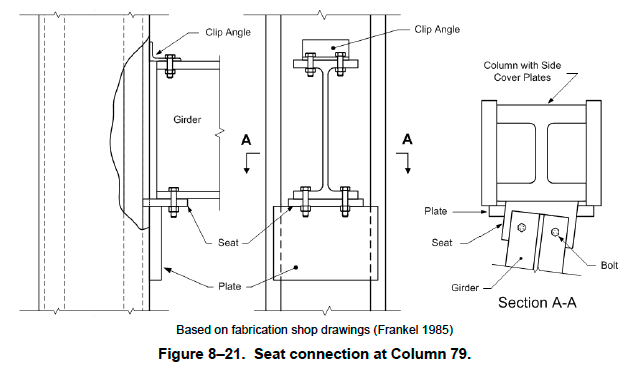

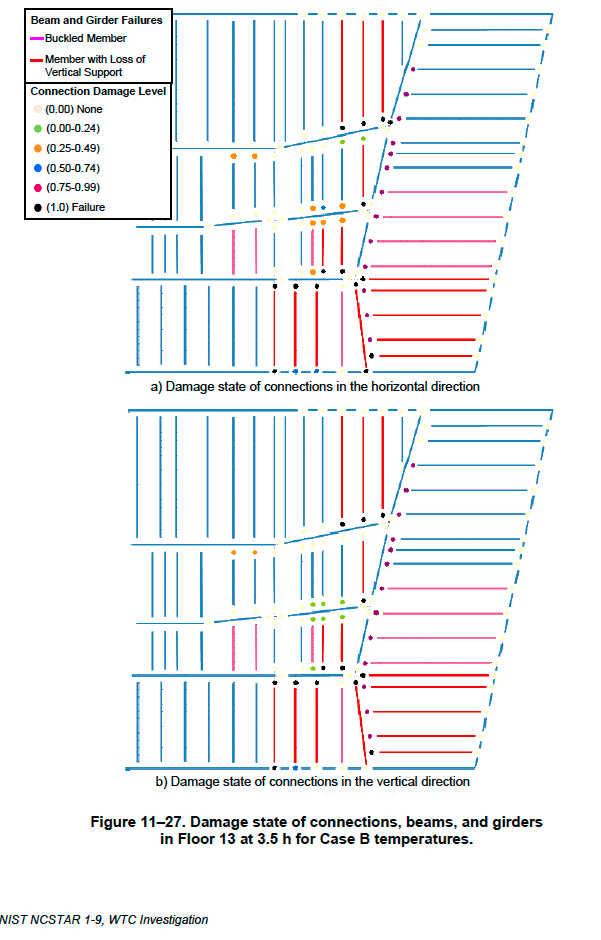
 tn-t
tn-t )n. pl. cer·tain·ties 1. The fact, quality, or state of being certain: the certainty of death.
)n. pl. cer·tain·ties 1. The fact, quality, or state of being certain: the certainty of death.